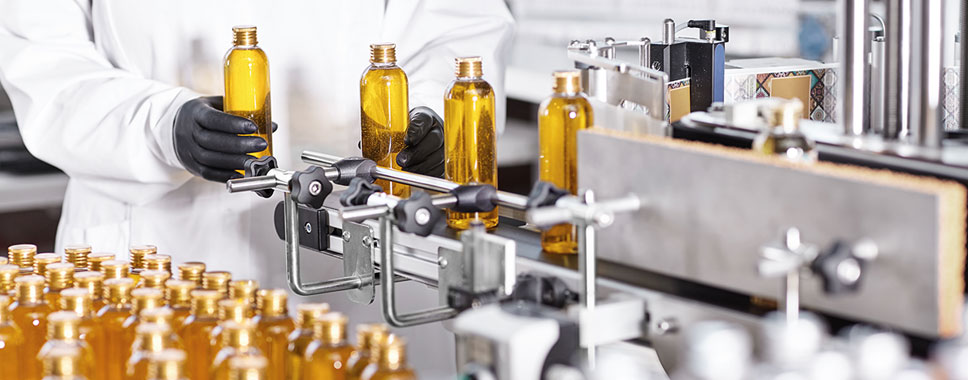The absorption of CBD varies based on the consumption method chosen and the consumer’s unique metabolism. Here are the most commonly employed methods and their absorption characteristics:
Vaping and Smoking: Inhaling CBD-rich cannabis or extracts is the quickest route to experiencing its effects. This method allows CBD to rapidly enter the bloodstream through the lungs’ alveoli. The onset of effects usually occurs within 5-10 minutes, but the duration is relatively short, lasting up to 3 hours.
Sublingual Administration: Sublingual consumption involves placing CBD oil or tinctures under the tongue. This method provides swift access to the bloodstream via the mucous membrane, followed by diffusion into capillaries beneath the tongue. Effects are noticeable within minutes and last longer than smoking, typically around 4-6 hours.
Oral Ingestion: CBD can be consumed orally through edibles like oils, drinks, or food. However, this method requires the most time for effects to manifest, usually taking 30-60 minutes or more. The digestive process and liver metabolism delay CBD’s entry into the bloodstream. On the upside, the effects last longer, spanning 4-6 hours.
Topical Application: Topical products like creams or lotions are applied directly to the skin’s surface. These products are absorbed into the bloodstream through the epidermis. Factors such as CBD concentration, solubility, and skin condition influence absorption time. Effects are generally felt within about an hour. This method is advantageous for targeted relief, particularly for individuals dealing with inflammation.
It’s important to note that personal metabolism, CBD concentration, and the product’s composition can all influence the specific onset and duration of CBD effects. The choice of consumption method largely depends on individual preferences and desired outcomes.

Comments